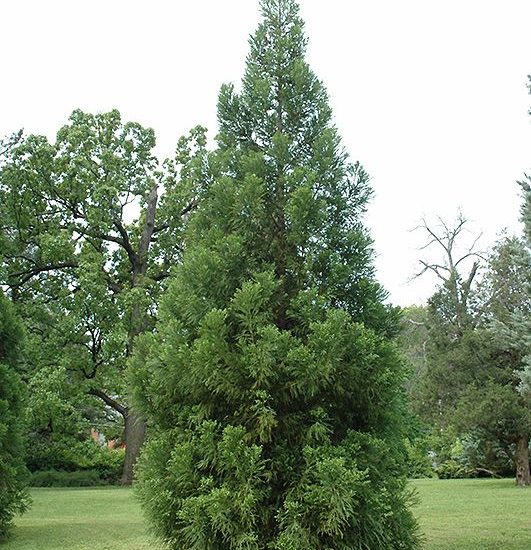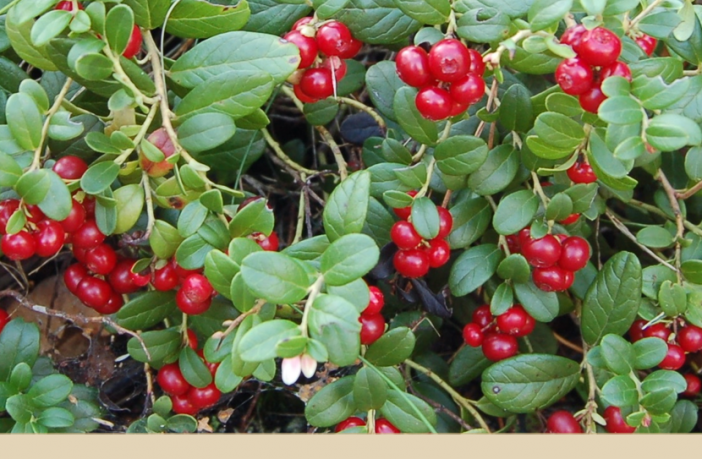Tickseed Perennial: A Guide to Growing and Caring for Coreopsis Plants
Tickseed perennial, also known as Coreopsis, is a popular flowering plant that is commonly found in gardens. With its bright yellow petals and long blooming period, it is a favorite amongst gardeners and flower enthusiasts alike. This hardy perennial is easy to grow and maintain, making it a great choice for both novice and experienced gardeners.

The Tickseed perennial is a member of the Asteraceae family and can be found in a variety of species, each with its unique characteristics. Some varieties have single petals, while others have double petals. They can range in height from a few inches to several feet tall, making them a versatile plant for any garden. Tickseed perennials are also known for their ability to attract pollinators such as bees and butterflies, making them an excellent addition to any pollinator garden.
Whether you’re looking to add a pop of color to your garden or attract pollinators, the Tickseed perennial is a great choice. With its bright yellow petals and long blooming period, it is sure to bring joy to any garden. With proper care and maintenance, this hardy perennial will continue to thrive year after year, making it a valuable addition to any garden.
Cultivation and Care
Planting Guidelines
Tickseed perennials can be planted in the spring or fall. It is recommended to plant them in well-drained soil with a pH level of 6.0 to 7.5. The soil should be loose and fertile, with a good amount of organic matter. Before planting, it is important to remove any weeds or debris from the soil and loosen it to a depth of 8-10 inches.
The recommended spacing between plants is 12-18 inches apart, depending on the variety. When planting, make sure to dig a hole that is twice as wide as the root ball and deep enough to accommodate the plant. Once the plant is in place, backfill the hole with soil and water thoroughly.
Watering and Nutrients
Tickseed perennials prefer moist, well-drained soil. It is important to water them regularly, especially during periods of drought. Overwatering can lead to root rot, so it is important to ensure that the soil does not become waterlogged.
Fertilizer can be applied in the spring, before new growth appears. A balanced fertilizer with equal amounts of nitrogen, phosphorus, and potassium is recommended. It is important to follow the manufacturer’s instructions when applying fertilizer.
Sunlight and Temperature
Tickseed perennials prefer full sun, but can tolerate some light shade. They can grow in a wide range of temperatures, but prefer cooler temperatures in the range of 60-70°F.
In colder regions, it is important to protect the plants from frost. A layer of mulch can be applied in the fall to help insulate the soil and protect the roots. Tickseed perennials are hardy in USDA zones 4-9.
Overall, tickseed perennials are relatively easy to care for and can add a pop of color to any garden. By following these simple guidelines, gardeners can enjoy beautiful blooms year after year.
Varieties and Propagation
Popular Varieties
Tickseed perennials are available in a wide range of varieties, each with its unique characteristics. Some of the popular varieties of tickseed perennials are:
- Coreopsis grandiflora: This variety is also known as large-flowered tickseed and is a popular choice for its bright yellow flowers that bloom in summer.
- Coreopsis rosea: Also known as pink tickseed, this variety produces pink flowers that bloom in early summer.
- Coreopsis verticillata: This variety is commonly known as threadleaf coreopsis and produces yellow flowers that bloom in summer.
Propagation Methods
Tickseed perennials can be propagated through seeds, division, or cuttings. Propagation through seeds is the easiest and most common method. The seeds can be sown directly outdoors in spring or indoors in late winter. It is important to note that tickseed seeds require light to germinate, so they should not be covered with soil.
Propagation through division is another common method. This involves dividing the plant into smaller sections and replanting them. This method should be done in spring or fall, and the plant should be watered well after dividing.
Propagation through cuttings is the most difficult method and requires some experience. Cuttings should be taken in late spring or early summer and should be planted in well-draining soil. It is important to keep the soil moist and provide the cuttings with ample light.
Overall, tickseed perennials are easy to propagate and can be a great addition to any garden. With their bright and colorful flowers, they can add a pop of color to any landscape.


